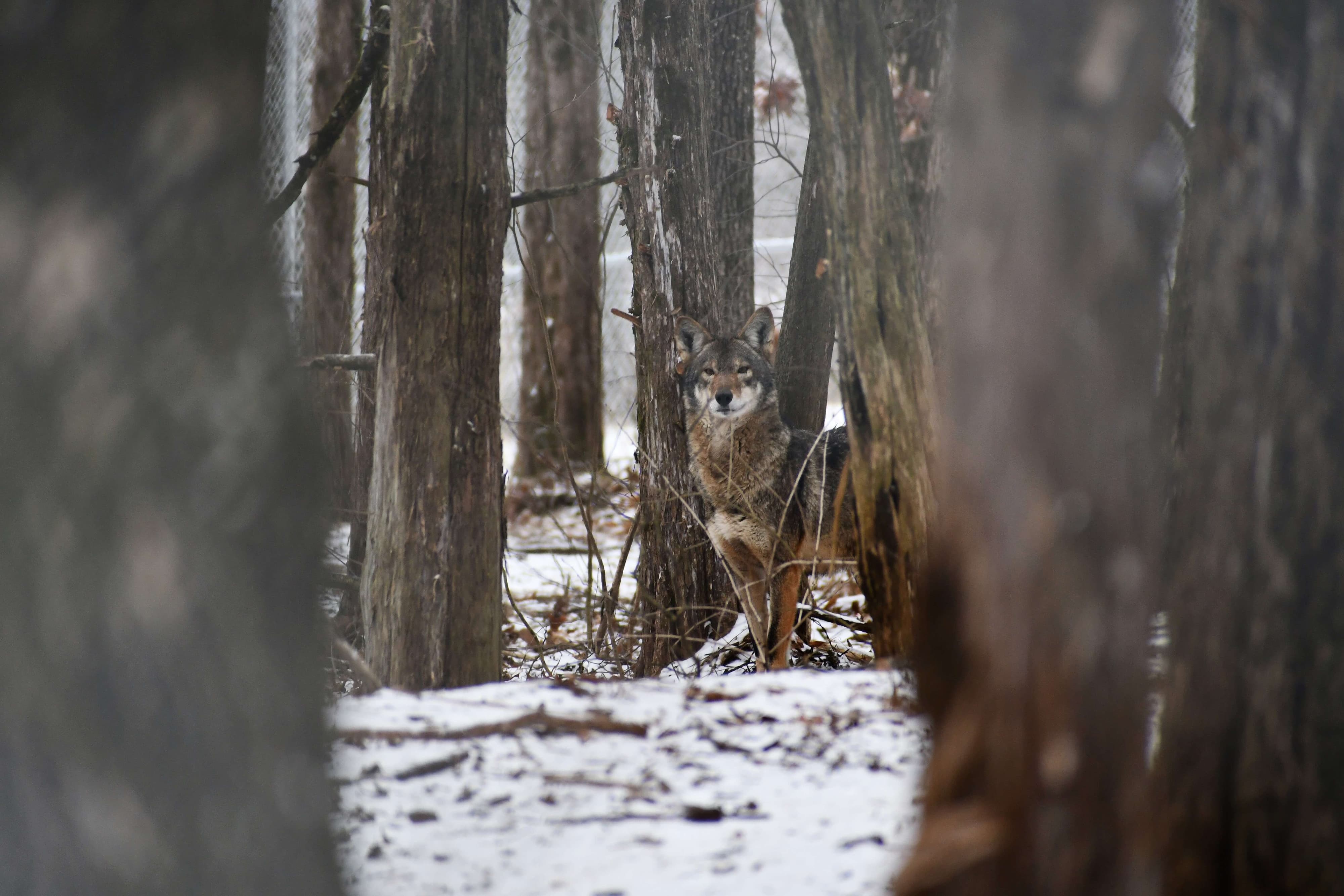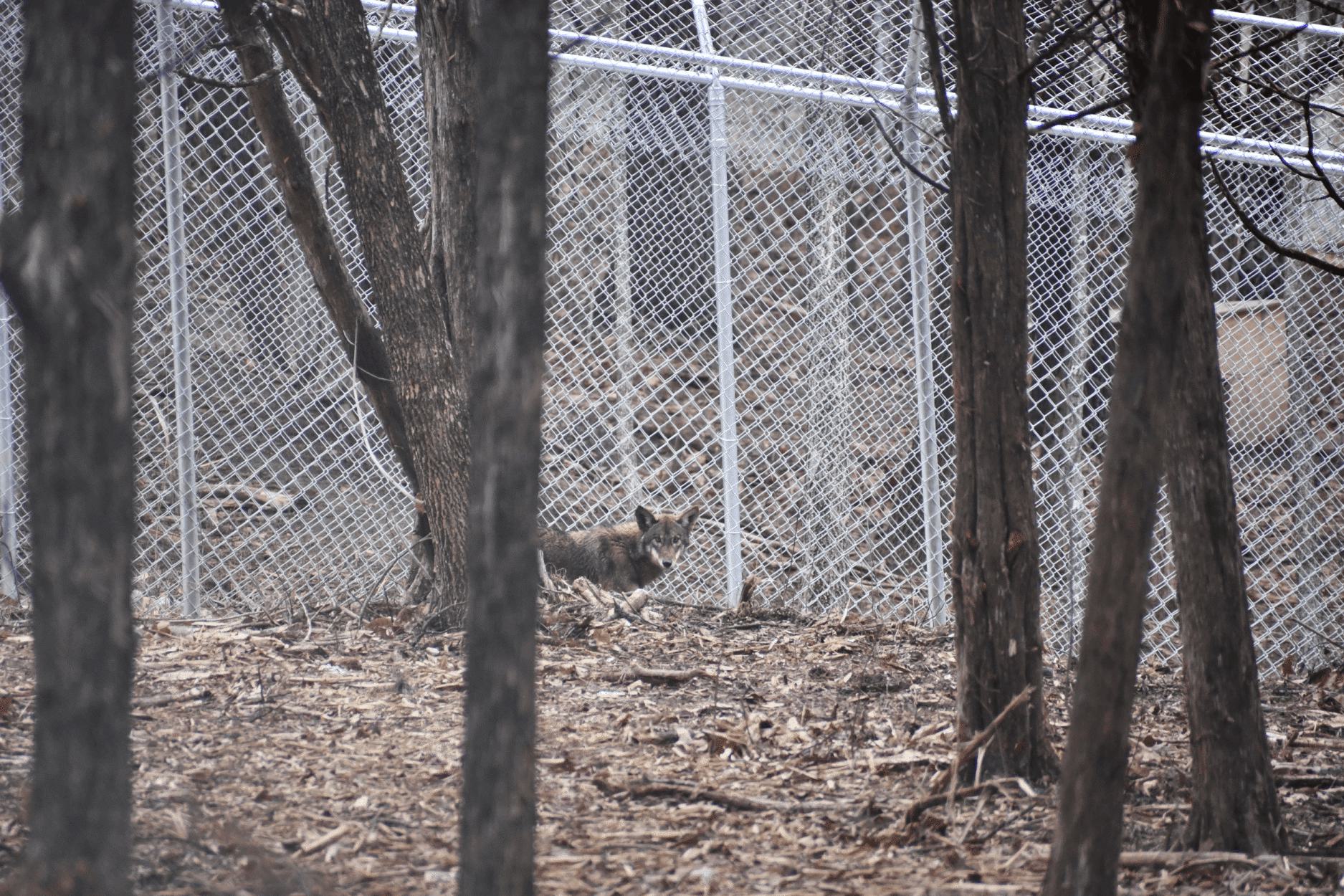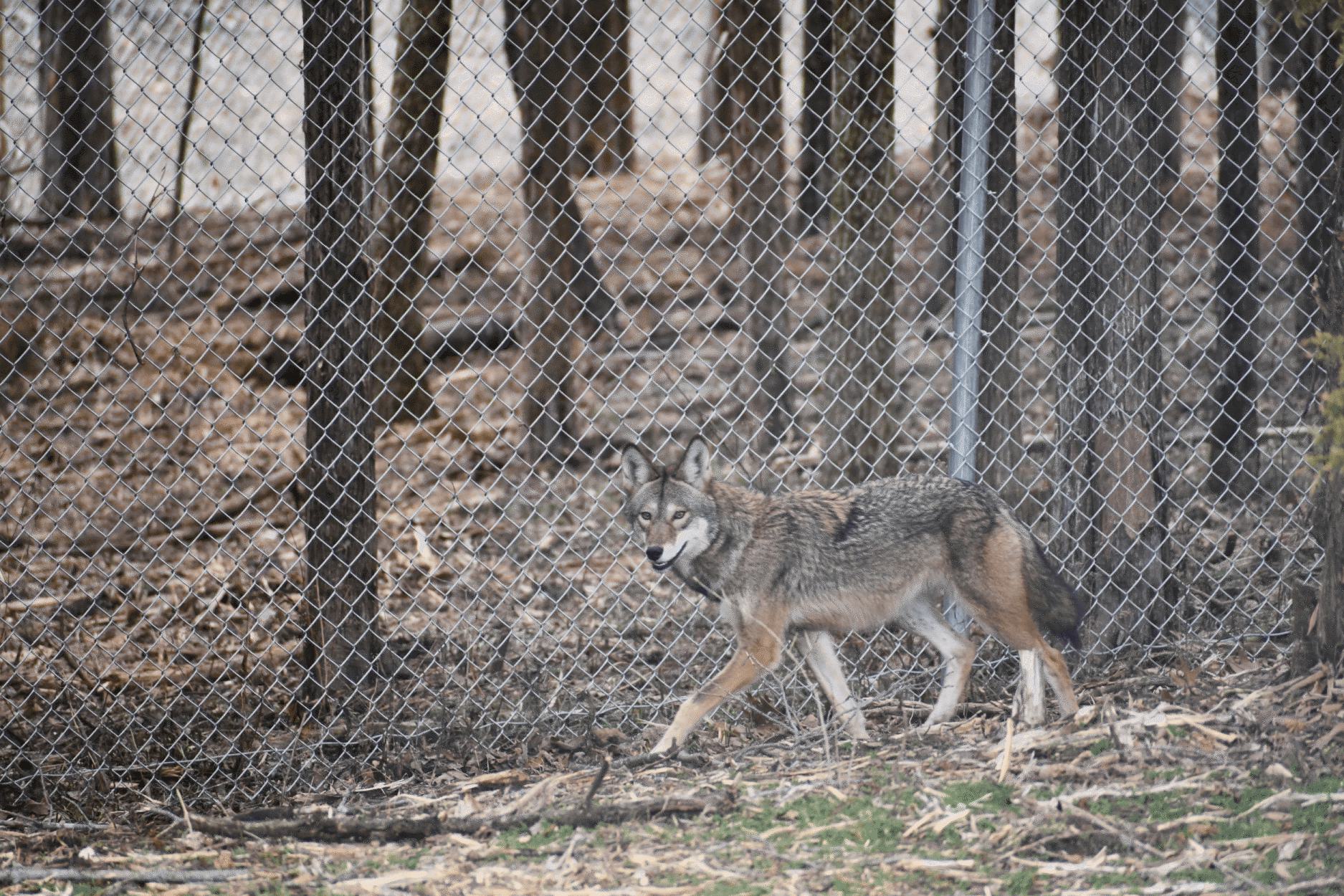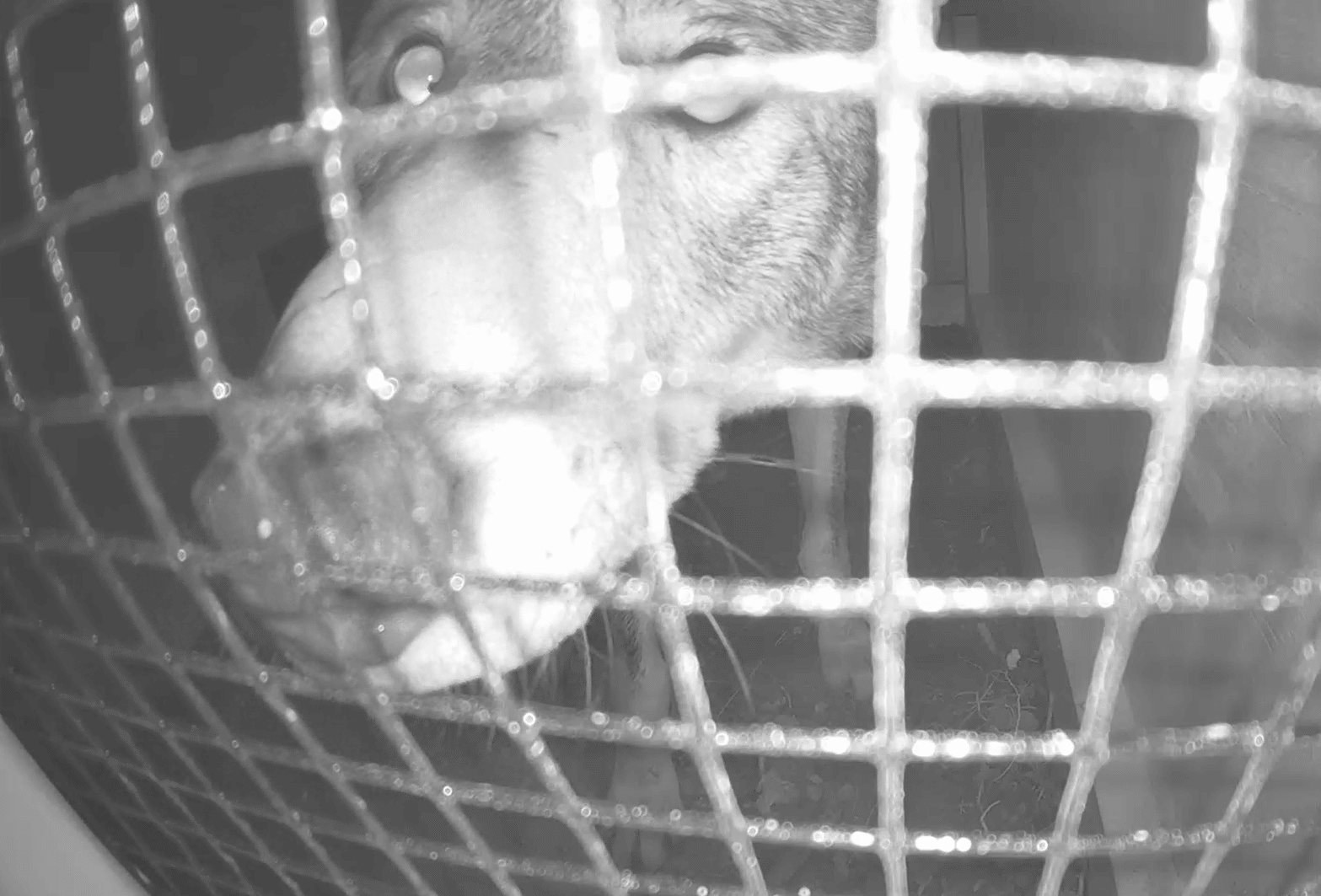Author: Saint Louis Zoo WildCare Park Keeper Jeremy Martin

“Akia, come over and let me scratch you.”
“Good morning, girls.”
“Here’s a snack for you, Bear.”
This was my morning chat with the animals on the west side of the Antelope House. If he chose to get out of bed, I’d give the sweet okapi, Akia, a little scratch. I’d look up fourteen feet to offer morning salutations to our three female giraffes, Ella, Lily, and Sukari. Then, I would repeat this routine down the line with all the other animals.
Building relationships with the animals in our care is one of the most rewarding parts of being a zookeeper. I loved being part of the Antelope Unit and having those one-on-one connections with animals. This is something I look forward to one day being a part of my new role with Saint Louis Zoo WildCare Park (and something we hope the public experiences at WildCare Park, too). For now, though, I’m working with animals that our team has to interact with in a very different way. Though there isn’t the same reward of a one-on-one relationship, working with the American red wolf gives me so much joy. Caring for this critically endangered species is impactful to me because of my direct relationship with red wolf conservation in the wild.
Critically Endangered Species
There are less than twenty American red wolves in the wild. I ask that you go back and read that again. Less than TWENTY. All are found in North Carolina, where the population is managed by the United States Fish and Wildlife Service (USFWS). Historically, red wolves lived here in Missouri. They lived from southeastern Texas, up to Pennsylvania. Through years of persecution, they unfortunately went extinct in the wild in the 1970s. Yes, extinct... but in the wild. There were fourteen animals that were saved and brought into the care of zoos. In 1987, after a multiple generations living only in human care, a few red wolves were released into the wild in North Carolina, which was part of their former range. This was the first reintroduction of wolves in the world! Zoos saved the American red wolf and continue to work to conserve them. The proof is in the pudding: In 2021, the Saint Louis Zoo announced its plans to develop approximately 20 acres of property to help American red wolf conservation efforts. My new role as a Saint Louis Zoo WildCare Park Keeper includes responsibilities in helping with this conservation effort.
Caring for the Wolves

The nine American red wolves that now live at the Saint Louis Zoo Sears Lehmann, Jr. Wildlife Reserve, which is located in Franklin County, Missouri, have names. RJ, Witchhazel, Bandit, and Ladybird are just a few. But, unlike many of the animals that live at the Zoo, these wolves don’t know they have names. We don’t call them by their names. We don’t talk to them, and we stay as quiet as possible when around their habitats. Additionally, this property is not open to the public. Why are we so cautious? Because these individual wolves (or perhaps their pups or grand-pups) have the chance to be released into the wild! For their own safety, the less familiar they are with humans, the better!
It is up to the USFWS to decide if, when, and where more American red wolf reintroductions will occur. Because of that, the way we care for them looks a little different than what we provide animals at the Zoo. Humans have been tough on wild wolves, and if these animals are meant to go back into the wild, we aren’t doing them a favor if we teach them to see humans as friends. Wolves are naturally afraid of people. Little Red Riding Hood? Lies and slander! Wolves want to be as far away from people as possible.

Similarly to how we care for animals at the Zoo, we offer the wolves at the wildlife reserve a high-quality diet, clean water, and some housekeeping services (we pick up you-know-what). We feed the packs deer carcasses, which teaches them to recognize deer as a food source and prepares them for when they will need to find their own meals in the wild. When we drop off this large, delicious meal, they will not approach it until the scary humans are out of sight. To take care of our packs, we use cameras to check on them and make sure they’re happy and healthy. When we leave them alone, we can see the pack enjoying their deer meal together on screen.

Wolves are a lot like people. From our cameras, we’ve seen mama wolf Witchhazel carry food across her one-acre habitat to her yearling pups on the other side. We’ve seen siblings wrestle and play. We’ve seen courtship behaviors between Bandit and Ladybird, who were just introduced to each other in the fall. Wolves are social animals that work together. Similarly, many people are working together to protect and watch out for this species. It’s a collaborative team with over forty animal care facilities, national and state government agencies, the AZA Red Wolf SAFE (Saving Animals from Extinction) team, and more.
I’m so excited that the Saint Louis Zoo is now part of that pack!

